On Pubic hair For a few decades now, most people have only thought in terms of how this can be removed most effectively. There are now tendencies that indicate a reversal of this trend. But regardless of fads, the question arises, what function does pubic hair originally have? When does it arise and which features are noteworthy?
What is pubic hair?
Under Pubic hair one understands the hairiness of the primary sexual organs in men and women. Pubic hair growth in girls usually begins around two years earlier than in boys, between around 10 and 12 years of age. At first there is sparse growth of less straight hair. Over time, the growth increases and the hair usually begins to curl.
With increasing maturity, the hair spreads over the mons pubis to the navel. Pubic hair can also grow in the area of the anus and on the sides of the thighs. In women, the growth form is mostly reminiscent of an inverted triangle. In growing men, pubic hair grows in a trapezoidal shape towards the navel. Both the penis root and the scrotum are overgrown.
Also, depending on the genetic makeup, the skin area around the anus is more or less overgrown. The anus itself consists of mucous membrane on which no hairs grow. In addition to individual differences, certain ethnic similarities can also be determined. While the pubic hair in large parts of the European population usually grows curly or slightly curled, it is often very strongly curled in the Africans. In Asians and Native Americans, on the other hand, pubic hair is usually smooth and tightly fitting.
Anatomy & structure
Pubic hair, like the rest of the body hair (armpit hair, beard hair, chest hair, arm and leg hair), is referred to as terminal hair. In contrast to the vellus hair, which covers our entire body like a fluff, the terminal hair only begins to transform with the progression of puberty. It becomes more medullary and thus has a stronger, sometimes even wiry structure.
The pigmentation also changes. Pubic hair and the rest of the body hair are often darker than hair on the head. In the case of very light-blonde, red-haired or black-haired people, however, it may well be that the pubic hair is the same color. Each individual pubic hair has a relatively limited lifespan and falls out after about six months. With a length growth of about 1 cm per month, the head of hair remains quite manageable, even without external intervention.
In the case of hair in the anus area, one speaks of perianal hair for a more precise distinction. This hair surrounding the anus (peri = surrounding) can pose a hygienic problem. If it is very pronounced, it can be difficult to keep this area hygienically clean after a bowel movement.
Function & tasks
When it comes to the function of the pubic hair, opinions differ. The pubic hair at this point has probably not been a real protection from heat and cold for a long time. Although this may have been different with our unclothed ancestors, but they had significantly more body hair overall.
A kind of buffer function that is supposed to be of use during sexual intercourse is also rather questionable. It seems more plausible that the hair in the genital area serves to intensify the sexual fragrances. Even if we do a lot to emit as little body odor as possible, these pheromones seem to be of considerable importance when choosing a partner.
The fact that the skin becomes more sensitive to touch makes pubic hair appear to be very useful in the area of the sexual organs. The increased sensitivity caused by the growth of hair can also provide protection against parasites such as lice or ticks, the penetration of which is more easily noticed. What is quite certain, however, is that pubic hair is a clear distinguishing feature of sexual maturity and reproductive ability.
Illnesses & ailments
As in all parts of the body where hair grows, there is also a risk of hair follicles or hair root inflammation or the development of boils in the pubic hair area. The trigger for this inflammation is usually the bacterium Staphylococcus aureus, which is part of the healthy skin flora.
Problems are therefore less caused by the bacterium itself than by its toxic metabolic products. But other bacteria can also trigger this inflammation. Small injuries that can occur during shaving allow the bacteria to penetrate the skin and cause irritation there. In addition to these tiny troublemakers, it can also lead to the dreaded infestation with significantly larger parasites. Pubic hair is the ideal habitat for pubic lice, which is why they lay their eggs on the hair.
But even if you part with the pubic hair, there can be complications. The most harmless one is irritated skin after using depilatory cream, after shaving, epilating or waxing. This problem usually resolves on its own or after applying a soothing lotion. Ingrown hairs are a bit more uncomfortable and can quickly become painful.
The pubic hair itself can also be difficult. If the hair structure is very wiry, the sensitive skin in the pubic area can be affected accordingly. The loss of pubic hair can be another problem. This partial hair loss can be associated with the onset of menopause. As it gets older, pubic hair also loses its natural pigmentation and turns gray or white.

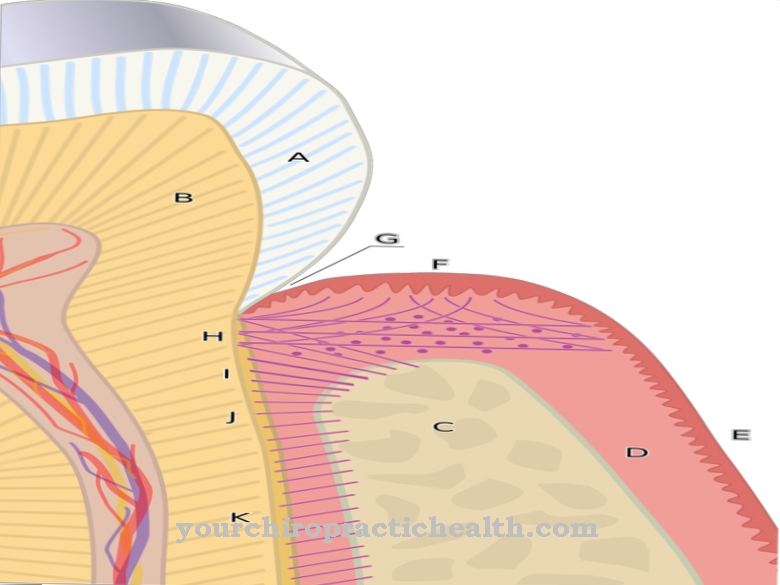
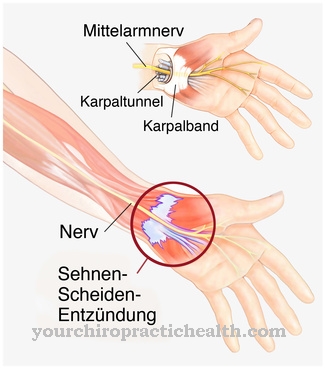
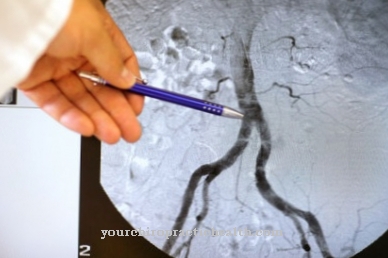
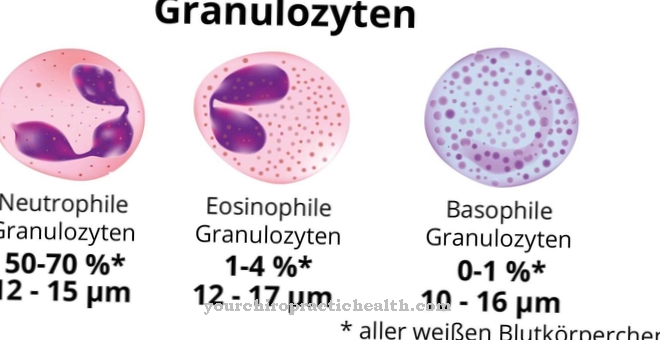

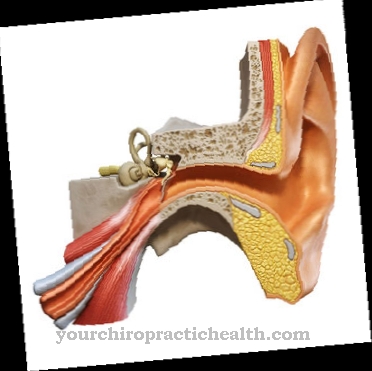





.jpg)



.jpg)










.jpg)
